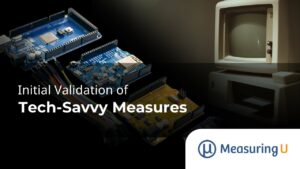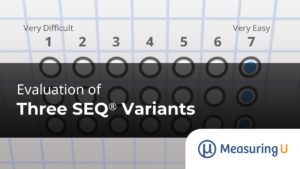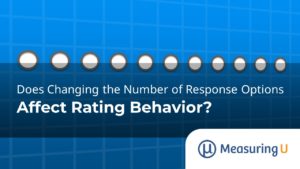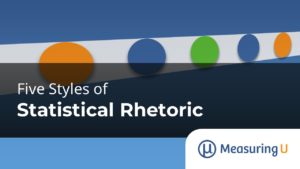
Initial Validation of Tech-Savvy Measures
How do you measure tech savviness? For several years (since 2015), we’ve been on a mission to develop a valid and practical measure. In our earlier articles, we have Reviewed the literature. We reviewed the literature on tech-savvy measures and found three key approaches to measuring tech-savviness by assessing (1) what a person knows, (2)








